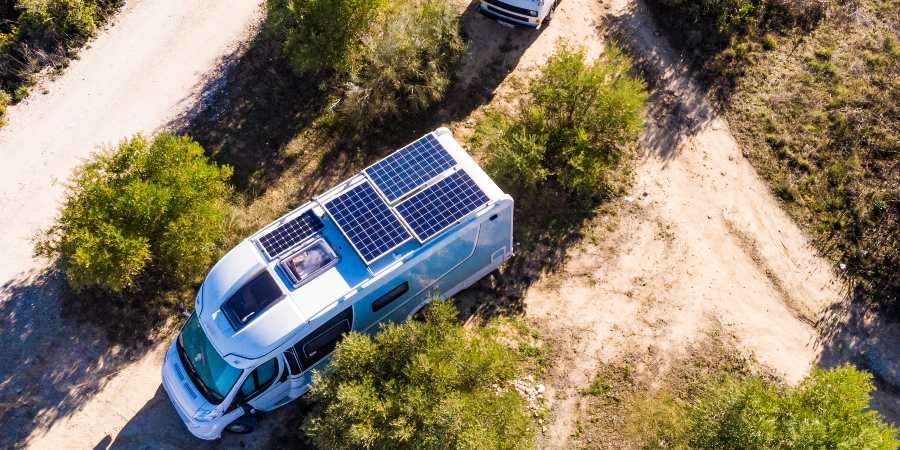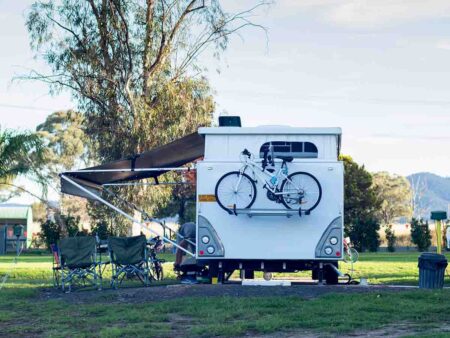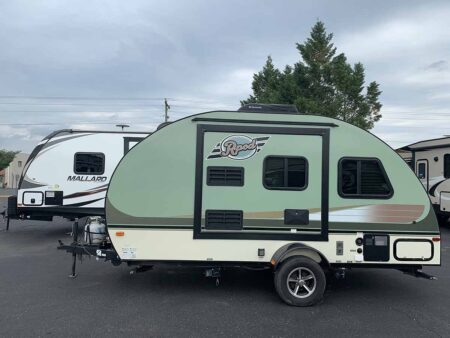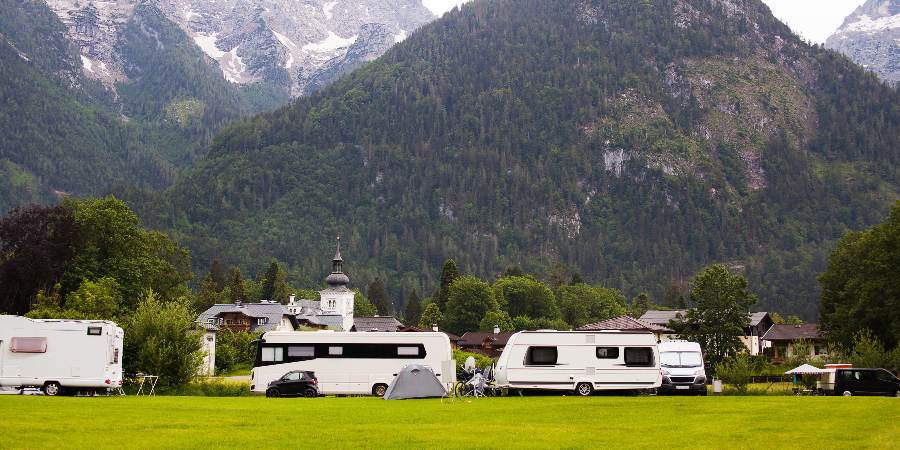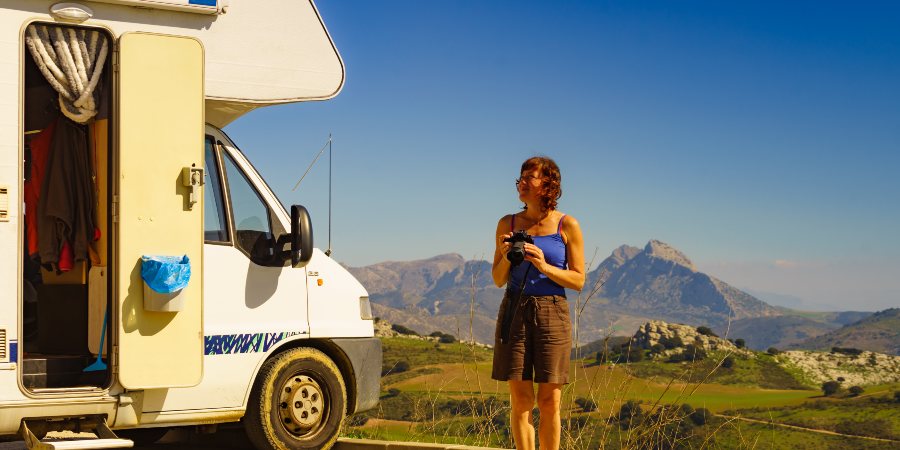A growing trend among RV enthusiasts involves embracing solar energy for their RVs. But is this a wise and cost-effective choice? If you own a motorhome, travel trailer, fifth-wheel trailer, or any other type of camping unit, should you think about integrating solar power?
The decision largely hinges on your camping style and location.
Let’s take a closer look at RV solar power.
RV Solar Basics
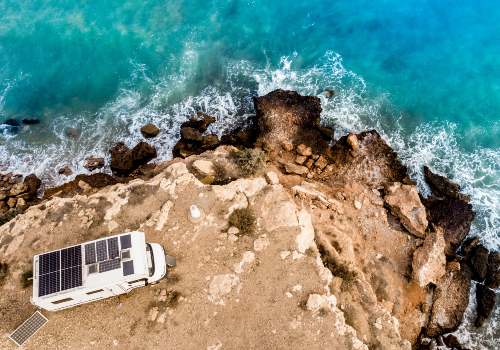
The sun, our sun, has been around for a long time. And chances are it will be around a lot longer. We’re counting on it! Basically, the sun is a nuclear reactor in motion approximately 93 million miles from Earth. About 10 percent of its radiant energy reaches the earth. How can we use that energy to make us boondock coffee?
To convert radiant solar energy into electricity, you need clear, unshaded access to the sun, adequate space for solar collectors, and some solar power generation equipment. To produce solar electricity at a campsite, you will install solar collectors on the roof of your RV or nearby.
The better location depends on where you camp. Roof-mounted solar collectors can be powered by open-sky desert camping. If you typically camp under trees, a portable unit that can be placed in a nearby sunny location is a better option. If you camp under clouds, expect reduced electricity from solar collectors.
Want to Connect With a Community of Over 1,078 RV Enthusiasts?
Another question for campers going solar is: how much electricity do you need? Smaller systems can easily take care of low-amperage appliances: TVs, computers, coffee pots, etc. Microwaves need more amps. Air conditioners need more solar power. Only the largest motorhomes have sufficient roof space for solar collectors to power RV ACs.
RV Solar Systems
- 【Efficient Performance】The Starter Kit will produce an average of 500Wh of electricity per day (Based on 5 hours of direct…
- 【Solid Quality】Advanced encapsulation material with multi-layered sheet laminations protects cells from physical damage and…
- 【Smart Function】The Wanderer PWM Charge Controller is compatible with four different types of batteries: Sealed, Gel, Flooded,…
- 【Full System Protection】The Wanderer PWM Charge Controller has a number of built-in protections to safeguard your systems,…
- 【Ready to Install】This 100w Solar Panel Kit includes all of the equipment necessary for building a new system. The included…
So, what “solar power generation equipment” will you need to make solar power at your campsite?
- Solar panel(s) to create electricity from solar radiation. A 12-volt solar panel produces about 17-24 volts of electricity, depending on sunlight.
- Charge controller to deliver electricity from the solar panel(s) to the storage batteries. The controller sends 12.6 to 14.5 volts of electricity to the storage battery bank. Maximum power point tracking (MPPT) charge controllers are more efficient — and much more expensive — than pulse width modulation (PWM) charge controllers.
- A battery bank to store electricity for use as needed by electrical 12V appliances and gadgets in your RV. If 110V electricity is needed, the electricity is sent through an inverter first. Battery banks for smaller RV solar systems may only be one deep-cycle 12V battery, typically AGM or lithium-ion. Improved storage requires more batteries, including 6V batteries (two 6V, wired in series, produce 12V).
- RV solar systems also need wires and a battery monitor to tie in your RV electrical system.
Most RV solar systems for non-AC RVs are sized between 100 and 400 watts and are available as kits or partial kits (batteries sold separately). For more specific information on RV solar systems, I recommend Mobile Solar Power Made Easy!
If you’d like to know more about household solar power, read the book The Complete Idiot’s Guide to Solar Power For Your Home (Third Edition).
How to Calculate Camper Solar System Size (Video)
"Man cannot discover new oceans unless he has the courage to lose sight of the shore."
-- Andre Gide

